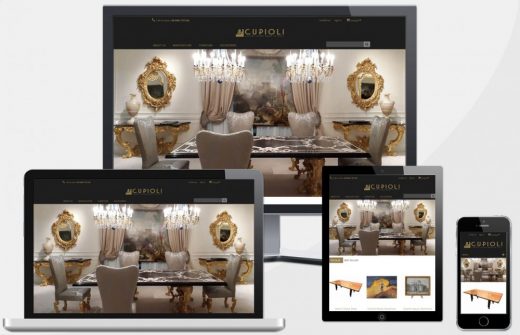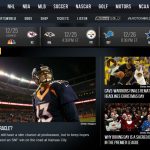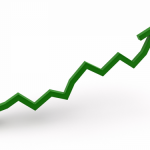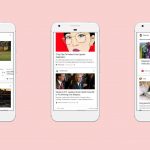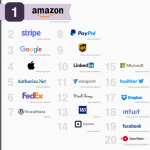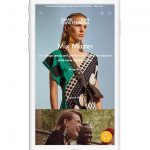Google Search Drives 48% Of All Referrals To Luxury Brand Sites, Study Finds
by Laurie Sullivan@lauriesullivan, September 22, 2016
More than half of all traffic to luxury brand Web sites comes from search. Some 46% of this traffic is paid, greater than the paid rate seen for the broader apparel and accessories market at 39%, according to research released this week.

Once consumers reach the brand’s Web site, according to data from the PMX Agency study, Google, alone, accounts for 48% of all referrals to luxury brand sites. The search engine is the biggest source of traffic to the luxury category. Nearly 40% of visitors leaving a luxury brand site keep shopping by going on to another retail site.
PMX Agency’s 2016 Trend Report — Luxury Brands Online – analyzes the success of top luxury apparel brands online by leveraging a variety of metrics such as site visits, brand searches and social media interactions to better understand reach and consumer engagement.
The report suggests that the market segment for personal luxury goods will grow between 2% and 3% by 2020, up from $282 billion in global sales in 2016.
More than 80 apparel brands such as Louis Vuitton and Hermès, newer brands like Ralph Lauren, Michael Kors, J.W. Anderson, and Christopher Kane serve as a benchmark for the luxury sector study.
Lancel has the highest percentage of visits from search engines to its Web site at 79.2%. Ironically, 0% comes from paid search ads and 100% from organic search. Manolo Blahnik at 78.2% of visits from search engines and Céline with 73.2% of visits from search engines also get all of the online traffic to their Web sites from organic search.
When it comes to online market share by brand, Ralph Lauren had top online market share among luxury brands, accounting for roughly 1 in 5 visits to the category.
Ten brands — Ralph Lauren, Michael Kors, Coach, Louis Vuitton, Gucci, Chanel, Burberry, Hermès, Louboutin and Versace — account for 78.5% of traffic to the luxury category and are the same as reported in 2015.
Chris Paradysz, CEO of PMX Agency, said brands like Ralph Lauren will attempt to inspire and close that gap between the super-affluent and the consumers with the disposable income who may or may not choose to spend it with traditional brands. “They need a new experience to entice them and keep them connected and engaged,” he said.
Keyword variations of “handbags” — such as “bags,” “purses” and “clutch” — remain among the most popular, and show that this accessory is still a key product for attracting consumers to luxury brand sites.
The coexistence of all players such as consignment sites, brand sites and partner stores in search results brings considerations like price, shipping costs and preowned goods to the forefront. Luxury brands that may not wish to compete on price should promote exclusive content or product selection as a key differentiator, according to the report.
Ralph Lauren captured top market share among luxury brands, receiving nearly 1 in 5 visits to the category — 19.2% of total visits. The brand jockeys for the top spot with Michael Kors, which is nearly as popular at 18.5%.
MediaPost.com: Search Marketing Daily
(20)

